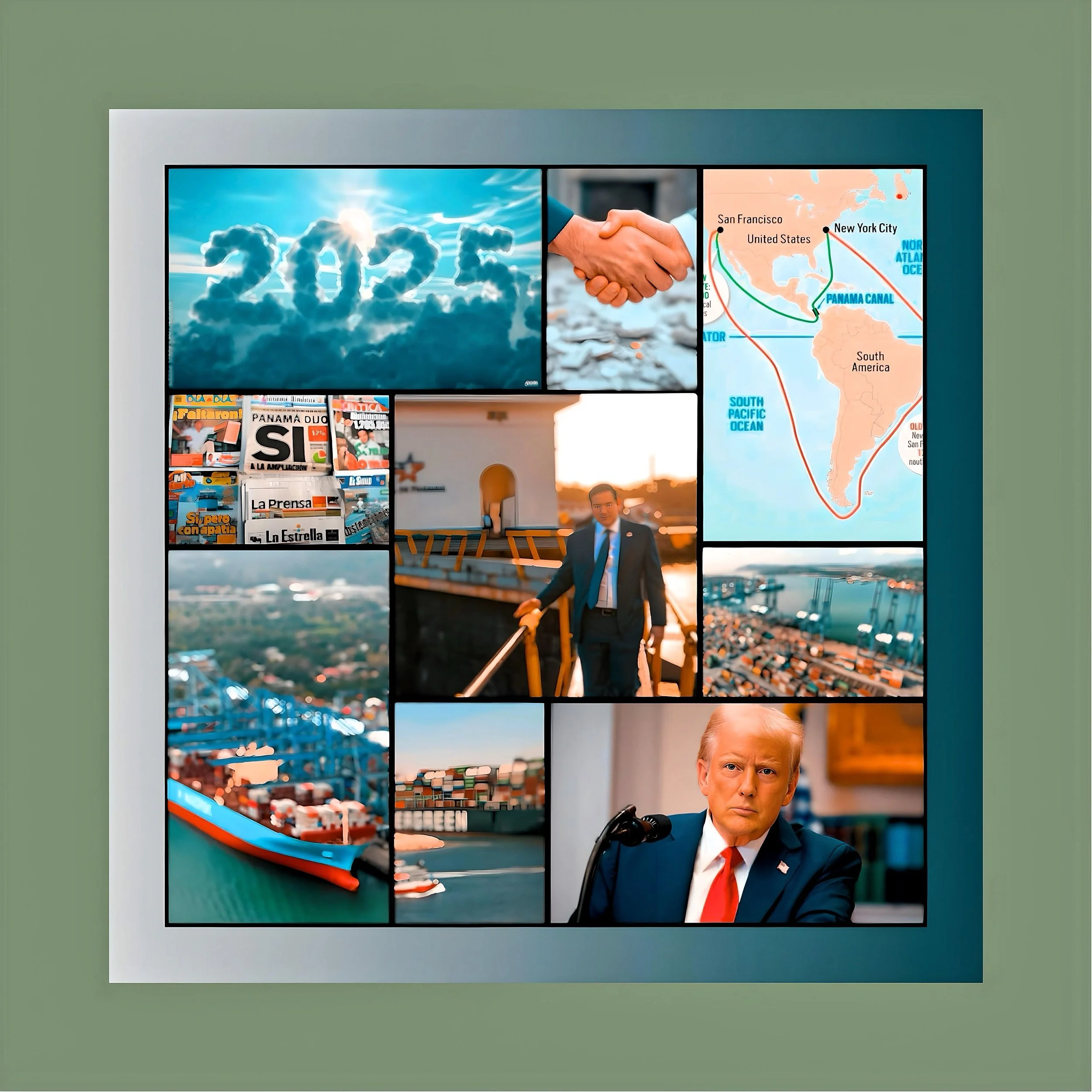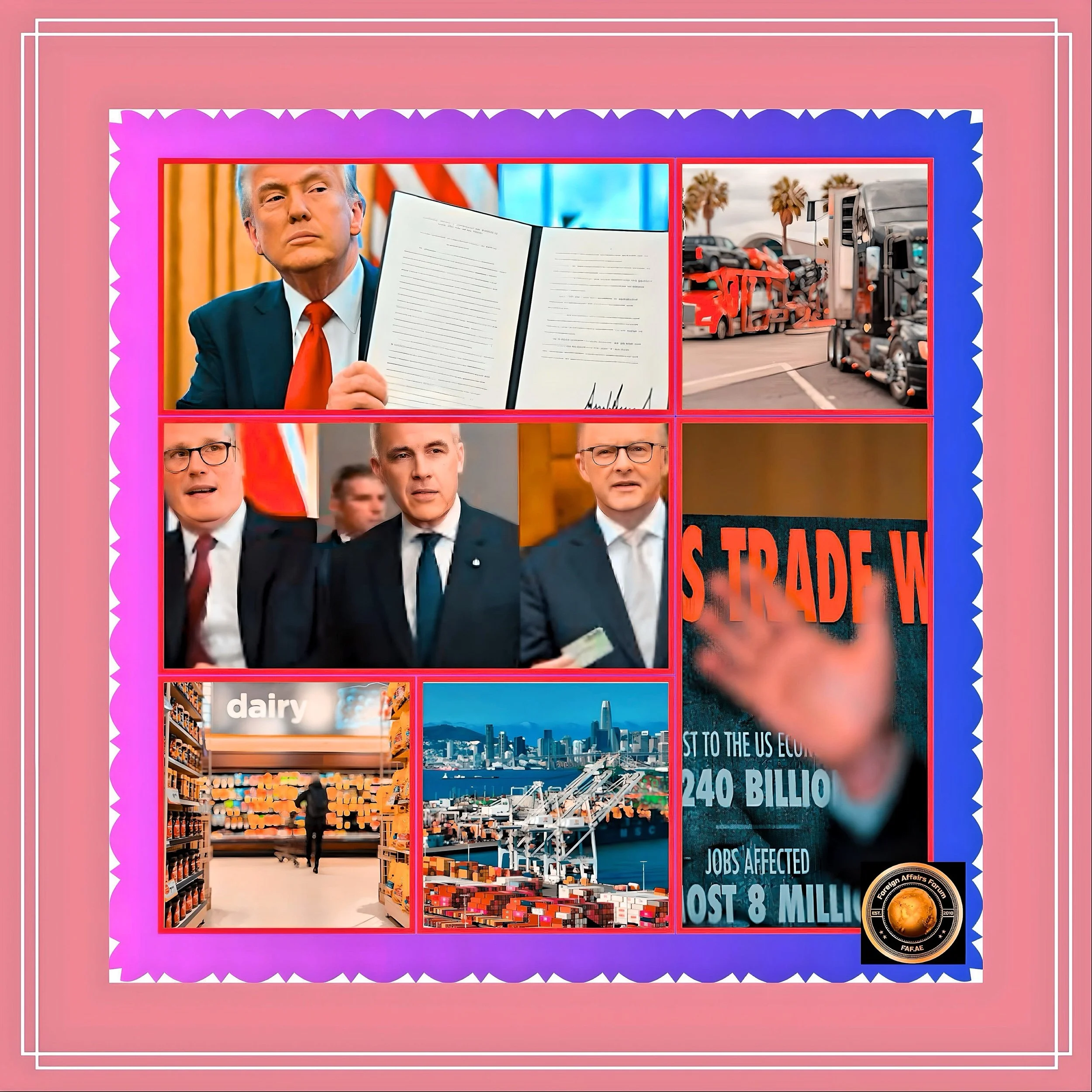The Panama Ports Deal: Long-Term Economic Implications for Panama
The $22.8 billion acquisition of CK Hutchison’s Panama Canal ports by a BlackRock-led consortium represents a pivotal shift in Panama’s economic trajectory. While the transaction alleviates immediate geopolitical tensions with the United States, its long-term implications for Panama’s economy hinge on balancing foreign investment with sovereignty, optimizing canal-related revenue, and navigating global trade realignments.
Strategic Asset Monetization and Fiscal Windfalls
Short-Term Revenue Injection vs. Long-Term Dependency
The immediate cash influx from the sale—$19 billion after settling shareholder loans—provides Panama with liquidity to address pressing fiscal needs, including a $57 billion arbitration liability from the Cobre Panamá mine dispute. However, ceding control of the Balboa and Cristobal terminals risks creating structural dependency on foreign operators. Historically, canal-related activities contributed 5.2% of Panama’s GDP (including indirect effects) in 2020, but BlackRock’s profit-driven management could prioritize shareholder returns over reinvestment in local infrastructure. For example, under CK Hutchison, toll revenue growth averaged 4% annually from 2016–2024, but fees may rise under BlackRock to meet its projected 7–9% ROI, potentially deterring cost-sensitive shipping lines.
Geopolitical Rebalancing and Trade Dynamics
Countering Chinese Influence
The deal directly addresses U.S. concerns about Chinese strategic footholds, as CK Hutchison’s ports were perceived as conduits for Beijing’s military-civil fusion doctrine. By transferring ownership to a U.S.-aligned consortium, Panama mitigates secondary sanctions risks but loses access to Chinese infrastructure investments, which totaled $2.5 billion in canal-adjacent projects since 2017. This trade-off could strain relations with Beijing, which accounts for 24% of canal traffic (second only to the U.S.). Retaliatory measures, such as diverting Asian cargo to the Suez Canal or Nicaraguan routes, could reduce canal transit fees, which generated $5 billion (3.8% of GDP) in 2024.
U.S. Alignment and Economic Leverage
Panama’s deepened reliance on U.S. capital—evidenced by BlackRock’s $11.6 trillion asset base—grants Washington indirect influence over canal operations. The U.S. could pressure Panama to adopt policies favoring American exporters, such as prioritizing LNG shipments (which constituted 24.3% of canal traffic in 2023). However, overalignment risks alienating other trade partners: 72% of canal traffic involves non-U.S. entities, and antagonizing China or EU members could jeopardize Panama’s role as a neutral trade hub.
Industrial and Employment Implications
Port Modernization and Labor Market Shifts
BlackRock plans to retrofit ports for green hydrogen exports and LNG bunkering, aligning with global decarbonization trends. While this could position Panama as a leader in sustainable maritime fuels, the transition may disrupt existing labor markets. Port Panama City, which supports 11,000 jobs and generates a $1.6 billion economic impact, faces uncertainty as automation reduces manual labor needs. Skilled workforce gaps—particularly in AI and robotics—could widen unless Panama partners with firms like Siemens, whose Digital Industries division reported €9.4 billion in 2024 revenue from automation systems.
Secondary Industries and Supply Chains
The canal’s ecosystem supports 10,989 jobs in logistics, warehousing, and ship provisioning. BlackRock’s efficiency-focused management might streamline operations, squeezing SMEs reliant on port contracts. For instance, the 2023 Input-Output analysis showed canal activities induced 2.1% of Panama’s total employment. Consolidation under Global Infrastructure Partners (GIP) could marginalize local firms, mirroring the decline of Panamanian lighterage services after 2015 privatization.
Legal and Regulatory Risks
Constitutional Challenges and Investor Confidence
Panama’s Supreme Court is reviewing CK Hutchison’s 2021 concession extension for irregularities. If the deal is voided, Panama faces litigation from BlackRock while grappling with existing claims like the $57 billion Cobre Panamá arbitration. Legal instability could deter future FDI, which totaled $4 billion annually from the U.S. pre-deal. Conversely, upholding the sale reinforces Panama’s reputation as a privatization-friendly hub, critical for attracting infrastructure investments.
Environmental and Social Governance (ESG) Pressures
BlackRock’s ESG mandates may accelerate canal decarbonization, including bio-bunkering infrastructure funded by U.S. subsidies. However, stringent sustainability requirements could disadvantage Panamanian firms lacking capital to upgrade equipment. The canal’s water-intensive operations—consuming 52 million cubic meters annually—also face climate risks, necessitating investments in desalination or alternative routes, which BlackRock may resist due to cost concerns.
Macroeconomic Stability and Growth Prospects
Revenue Diversification Challenges
Panama’s economy remains overexposed to canal revenues, which constituted 75.1% of non-tax income in 2020. BlackRock’s focus on maximizing asset returns could deepen this dependency, leaving Panama vulnerable to global trade downturns. For context, a 10% drop in canal traffic during the 2020 pandemic reduced GDP by 1.7 percentage points. Diversifying into sectors like fintech or ecotourism—leveraging Panama’s $1.6 billion tourism exports—becomes critical but requires political will absent in recent administrations.
Debt Sustainability and Public Investment
Proceeds from the sale could reduce Panama’s 68.9% debt-to-GDP ratio (2024), but misallocation toward short-term liabilities (e.g., arbitration settlements) over infrastructure would squander growth opportunities. The Panama Canal Authority’s (ACP) plan to expand the East Terminal turning basin by 2027 depends on sustained FDI, which may dwindle if global investors perceive Panama as a geopolitical flashpoint.
Conclusion: Sovereignty vs. Globalization
The BlackRock deal offers Panama a reprieve from U.S.-China rivalry but entrenches its role as a pawn in great-power competition. Long-term economic outcomes hinge on:
1. Negotiating equitable profit-sharing agreements to prevent capital flight.
2. Investing in workforce upskilling to align with green tech and automation trends.
3. Strengthening legal frameworks to balance investor rights with national interests.
Failure to address these challenges could see Panama’s economy become a derivative of foreign capital flows, eroding the sovereignty gained in the 1999 canal handover. Success, however, would position Panama as a 21st-century logistics nexus, blending strategic relevance with sustainable growth—a feat requiring diplomacy and foresight its leaders have yet to demonstrate.





